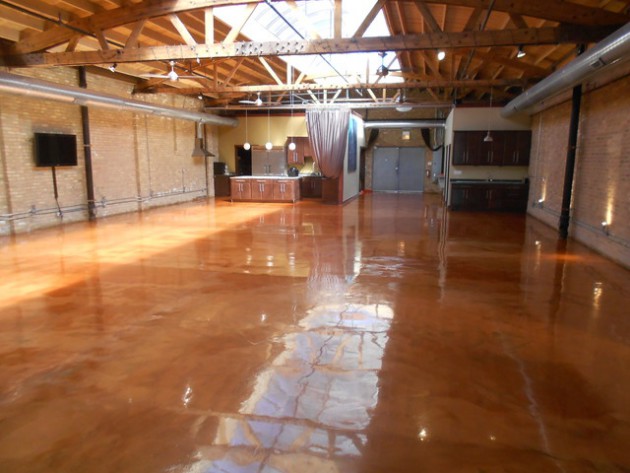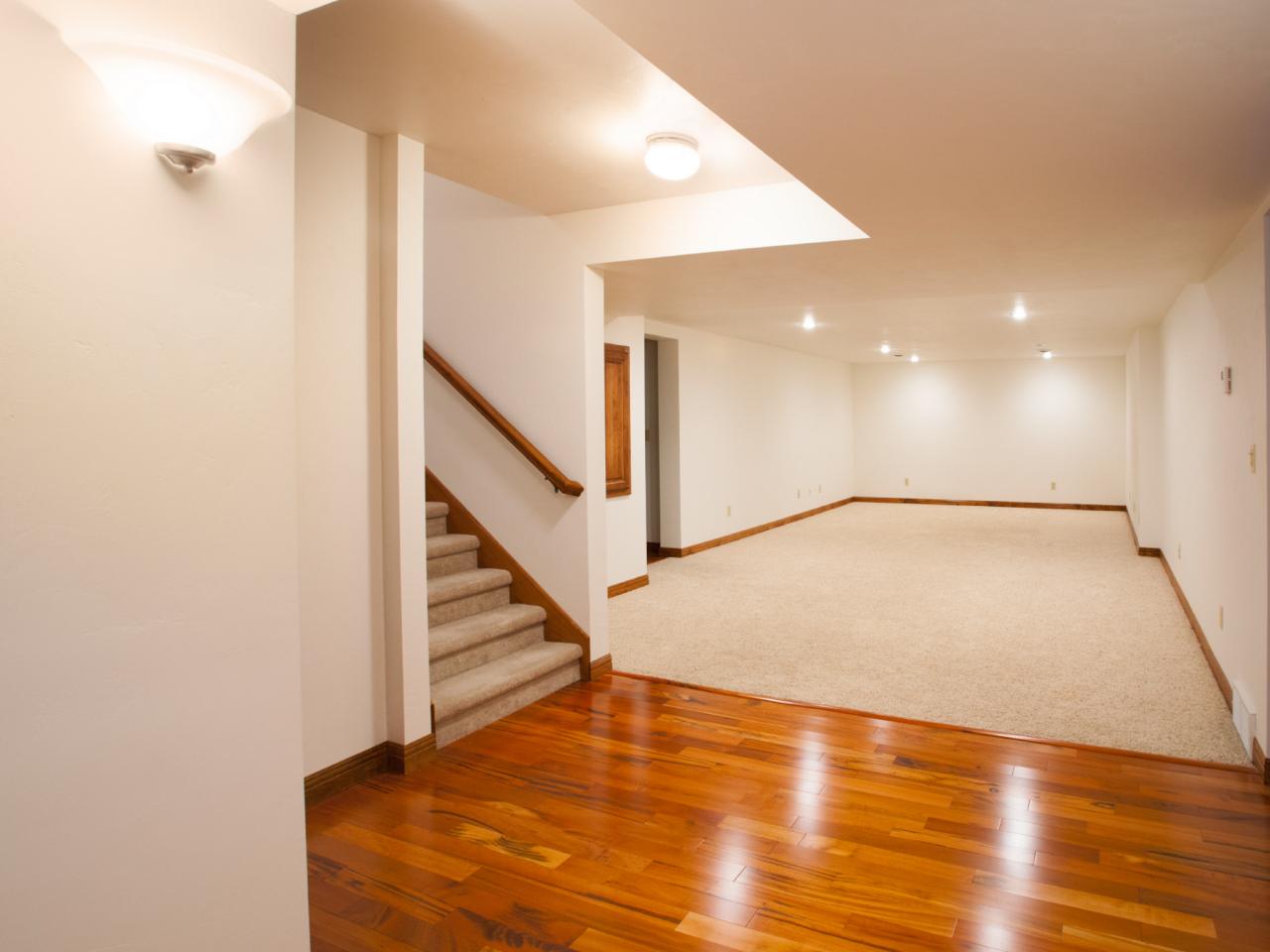Epoxy flooring offers a sleek, modern foundation for interior spaces with its seamless, glossy finish. Its reflective surface amplifies natural and artificial light, making rooms appear larger and brighter—ideal for contemporary lofts or minimalist homes. The material works particularly well in open-concept areas where flooring continuity enhances visual flow between living, dining, and kitchen spaces. Available in solid colors, metallic finishes, or decorative flake systems, epoxy adapts to various aesthetics from industrial to high-end residential. Its durability withstands heavy foot traffic while maintaining a polished look that traditional materials can’t match.
Design possibilities with epoxy extend beyond conventional monochromatic applications. Color-shifting metallic epoxy creates dynamic surfaces that change appearance with lighting and viewing angles. Incorporating decorative vinyl flakes adds texture and hides minor imperfections in older concrete subfloors. Some homeowners opt for geometric patterns or faux finishes that mimic more expensive materials like marble or terrazzo. The seamless nature allows for creative transitions between rooms without awkward thresholds. Epoxy’s versatility makes it suitable for unexpected residential areas like bedrooms or living rooms, not just utilitarian spaces.
Practical benefits make epoxy a smart choice for active households. Its non-porous surface resists stains from spills, pet accidents, or art supplies—valuable in family homes. The smooth finish allows easy cleaning with standard mopping, unlike grouted tile that traps dirt. Unlike wood or laminate, epoxy won’t warp from occasional water exposure in kitchens or entryways. Its durability stands up to furniture movement, children’s play, and pet claws without showing wear. These low-maintenance characteristics appeal to busy homeowners wanting both style and functionality.
Epoxy flooring coordinates beautifully with various interior design elements. Its reflective quality complements glass, steel, and other modern materials in contemporary spaces. Warm wood tones in furniture and cabinetry balance epoxy’s cool sleekness in transitional designs. The flooring’s neutral base allows bold wall colors or artwork to take center stage. Area rugs add softness underfoot while showcasing the glossy surface between them. Integrated radiant heating systems work efficiently beneath epoxy, addressing its natural coolness in colder climates. These adaptable qualities make it work across diverse interior schemes.
Installation considerations impact the final design outcome. Proper surface preparation ensures optimal adhesion and a flawless finish. Professional application achieves the glass-like smoothness difficult for DIYers to replicate. The process typically involves grinding the concrete, applying primer, then multiple epoxy coats with timed curing periods. While more involved than laying traditional flooring, the long-term benefits outweigh initial effort. With proper installation and care, epoxy flooring maintains its striking appearance for decades, making it a worthwhile investment for design-conscious homeowners.
Cool Metallic Basement Floor! Concrete floors, Basement flooring, Painting basement floors
Best Concrete Floor Ideas – Smooth Flooring Interior Designs
Related Posts:





